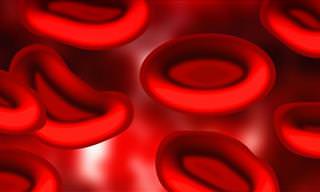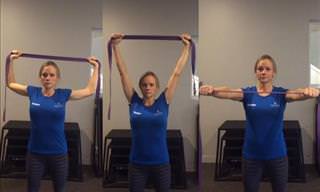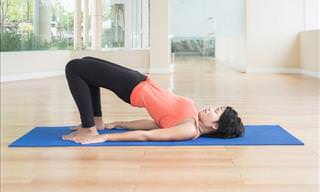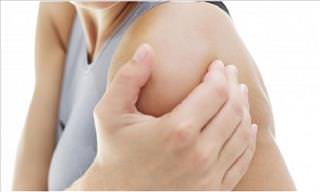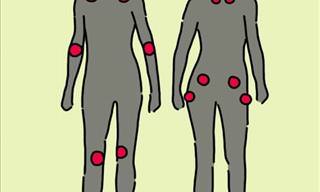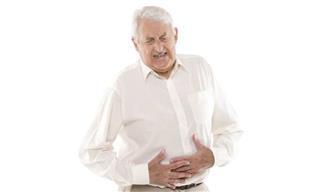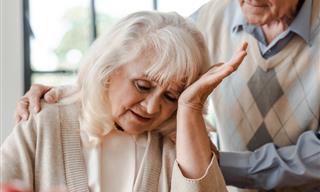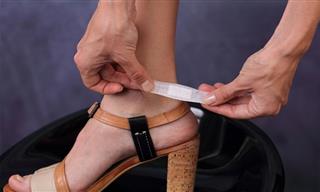Injuries or pain that we experience in different parts of the body may interfere with our daily routine and even prevent us from performing basic activities. In such situations, we often hear advice to put something warm on the painful area, but is it always correct?
Sometimes it is necessary to cool the affected area rather than heat it, so it is important to know the differences between the various treatments and the pain that can be treated with these methods. The following guide will make all clear by talking about the various sources of pain and what needs to be done to ease them. It is important to note that these methods are effective only for the purpose of easing the pain, and not for treating the problem itself.
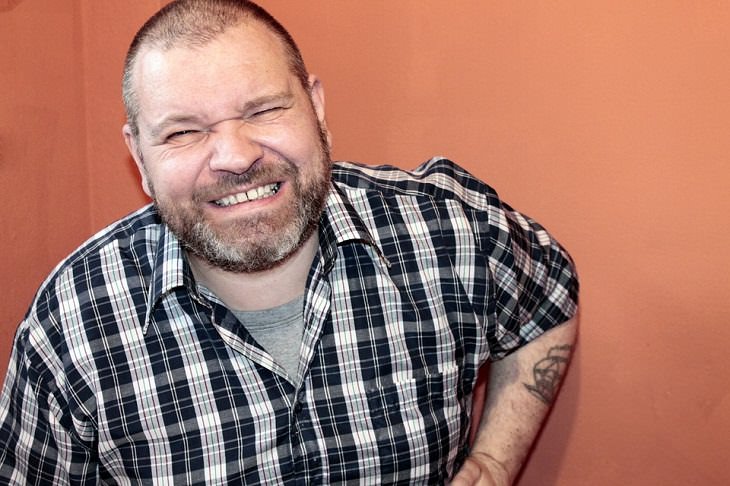
Chronic arthritis
Arthritis affects many people, and when it is severe and chronic, it may prevent them from doing basic activities such as using the phone. Arthritis treatment should be done by alternating heat and cold, one after the other. You should start by putting a heating pad on the sore area for a few minutes because the high temperature of the pad improves blood flow in the area and soothes the body. Then place an ice pack on the painful area. The ice dulls the pain and reduces swelling in the painful joints. The use of this method requires a little patience, but is certainly worth it, since pain relief is effective and fast.
Back injuries
Many people are tempted to take a hot shower after injuring their back to relieve the pain, but this is a mistake. According to Dr. Neel Anand, a professor of surgery and head of the spinal cord trauma department at Mount Sinai, heat causes inflammation that causes back pain. To calm the pain and not cause further damage, it is recommended to place an ice pack on the area for 20 minutes during the first three days after the injury. Doing so will cause the inflammation to fade and ease the pain significantly.
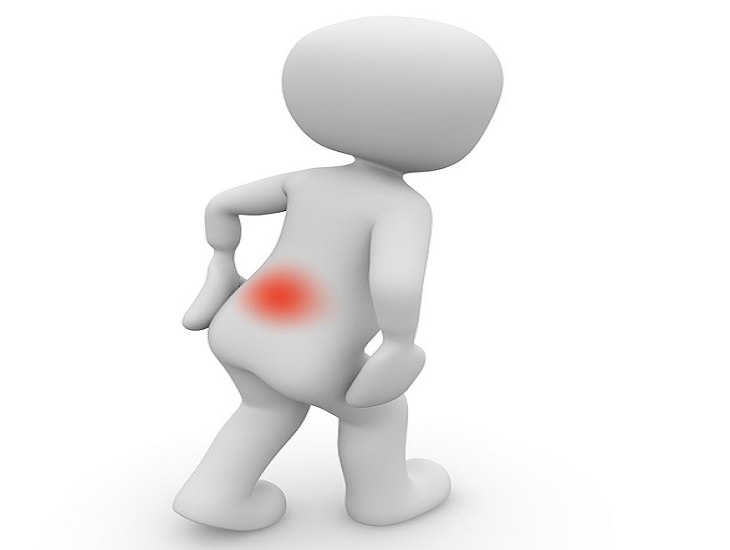
Sudden joint pain
Arthritis pains are troublesome to many people in the course of their lives because they stem from various actions that we do which aren’t always the clear source of pain. Dr. Luga Podesta, director of the Department of Sports Medicine at the Jefferson Port, New York, recommends putting a heating pad on areas where sudden pain develops in the joints. To avoid sudden joint pain, Dr. Podesta suggests using the heating pads before training or similar activity to prepare the tendons and muscles for physical activity. This preliminary treatment will make sure the physical exercise doesn’t create much pressure on the joints, leading to inflammation and pain.
A sprained ankle
The intense pain we feel after an ankle sprain is due to the formation of inflammatory processes in the affected area. In case of this injury, it is recommended not to heat the area, but to use an ice pack or other cold sources to relieve the pain. An ankle sprain is a serious injury in the area that supports the body, and it is important to reduce the swelling in it by using an ice pack for several minutes until appropriate treatment and rehabilitation of the injury are possible.
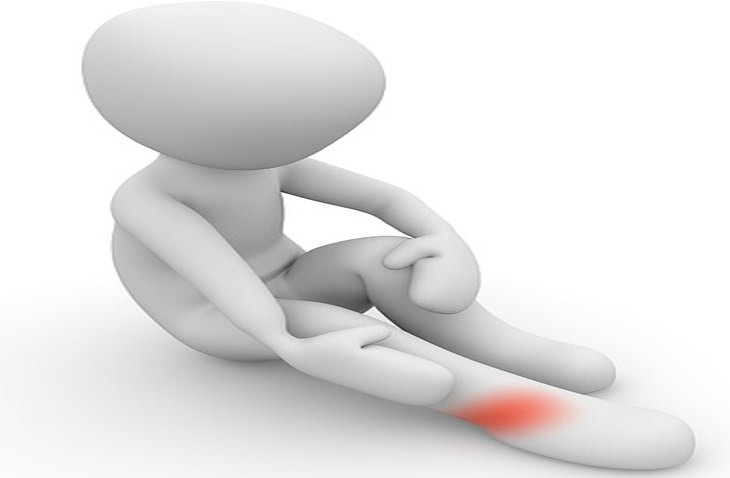
Pain after exercise
Strenuous exercise sometimes causes pain in various organs of the body, which discourage people from repeating it. To alleviate these pains, place ice packs or other cold sources on the areas that are bothering you for 20 minutes to avoid irritation that may occur after exercise. It is important to avoid using heat after training, as it causes swelling and may worsen injuries.
Menstruation pain
It is not clear to doctors why heat relieves menstrual pain, but they recommend using it as an effective solution to the uncomfortable feelings. When you experience such pain, immerse yourself in a hot bath or place a hot water bottle on the pelvic area for a few minutes. One explanation for the positive effect of heat on these types of pain is that heat causes the relaxation of the uterine muscle, which increases blood flow, leading directly to pain relief.
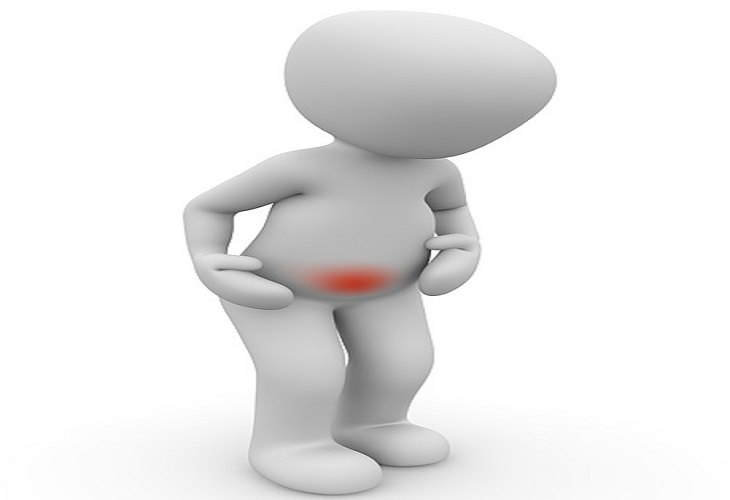
Chronic back pain
In contrast to a one-time back injury, during which is recommended to use an ice pack to relieve inflammation, when it comes to chronic back pain it is recommended to use heat. Chronic, non-inflammatory pain can strike at any moment of the day and ruin it. Fortunately, pain can be significantly alleviated by using heating pads or hot baths for at least 10 minutes. The heat relaxes the muscles and helps soothe the pain easily and effortlessly.
Torn tendons
Torn tendons cause severe pain, but can be mitigated by cold. Place ice packs on the hurt area for 15 minutes, every two to three hours, for 24 to 36 hours. The pain relief is due to the fact that the cold reduces blood flow to the painful tendons and reduces swelling and inflammation. Dr. Podesta recommends not to use heat after such injuries, as it increases the risk of worsening inflammation, swelling, and pain.
 Go to BabaMail
Go to BabaMail







